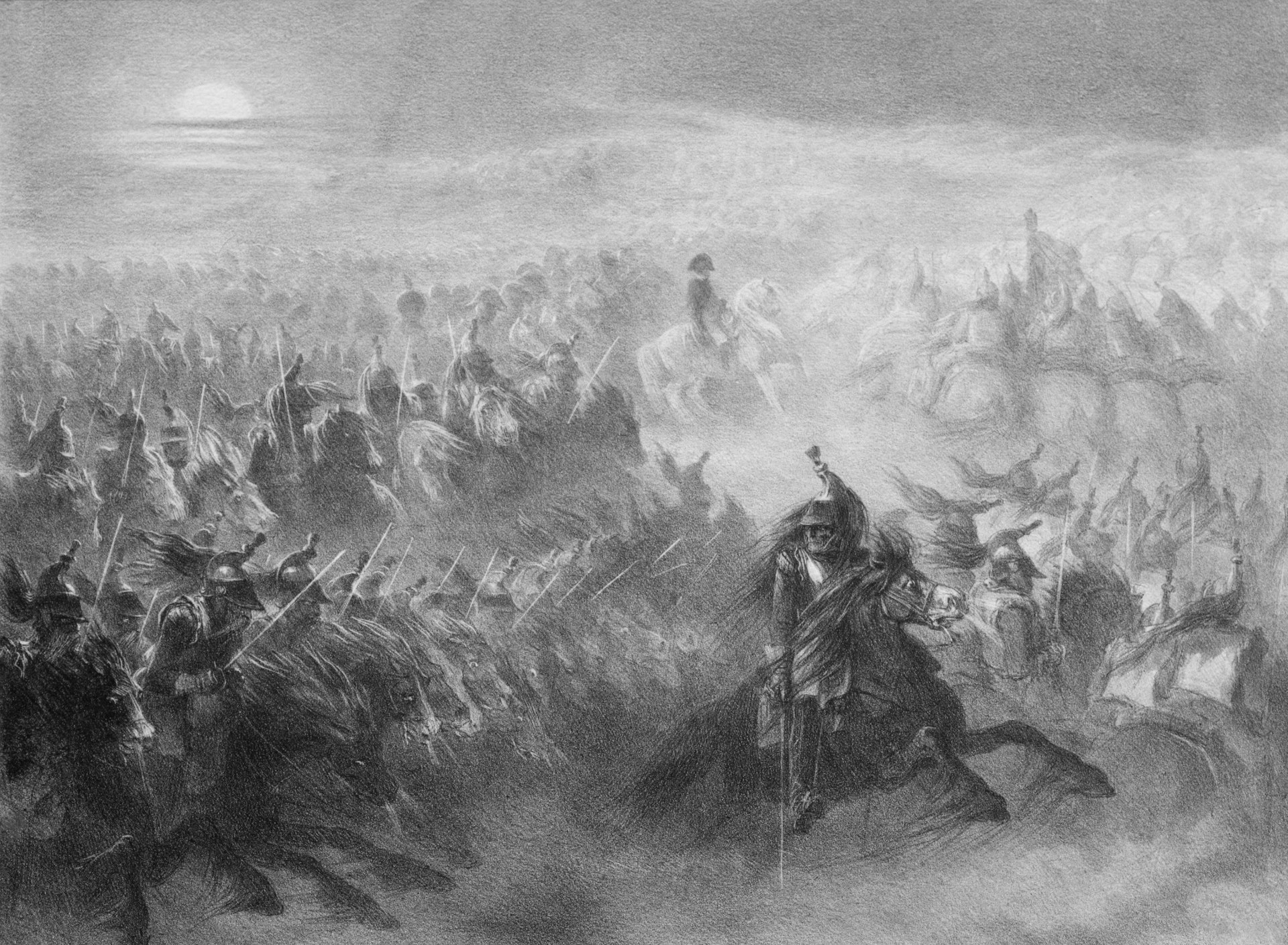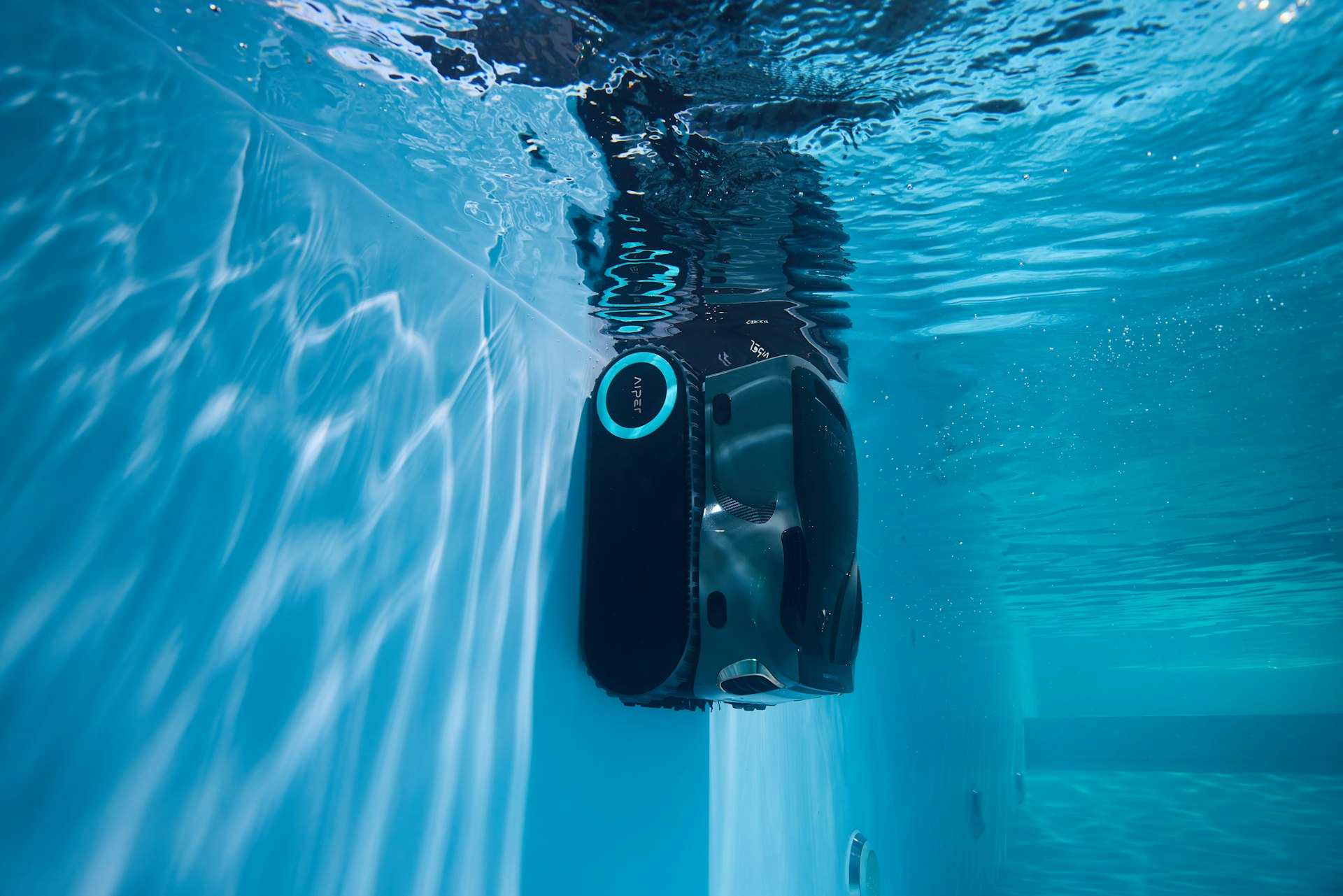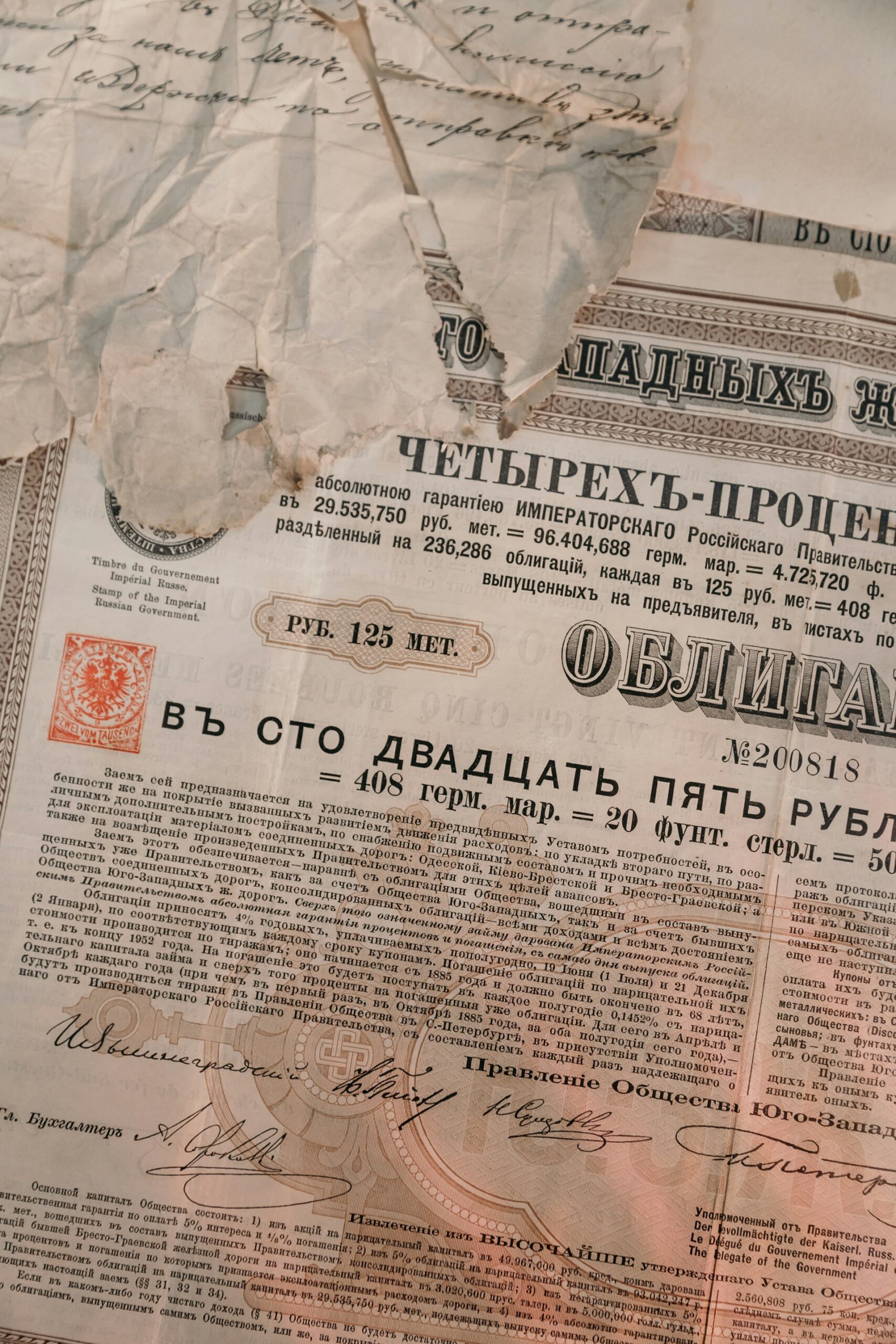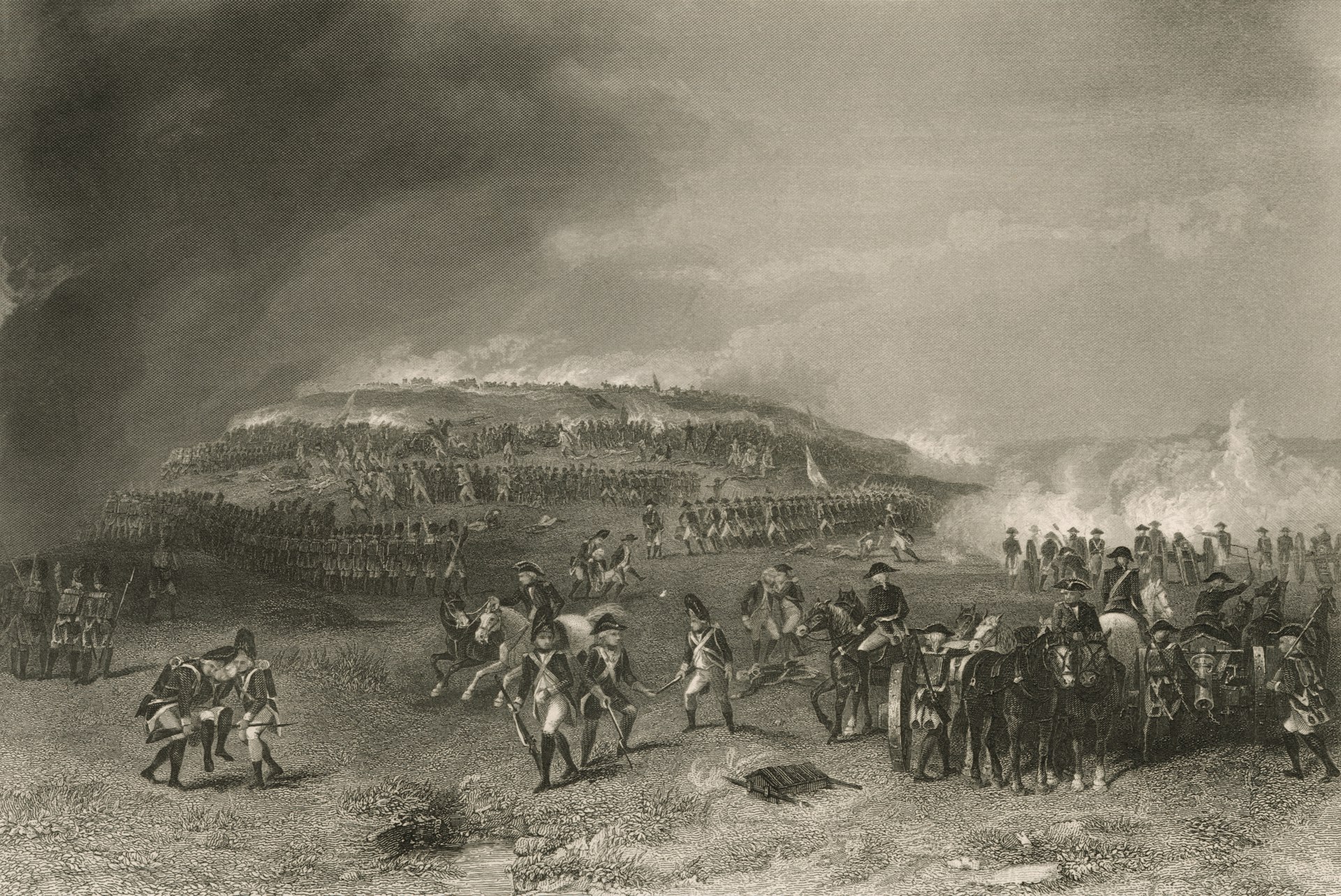Unlocking the Power of AI Algorithms for Advanced Drone Swarm Coordination

Photo by hao wang on Unsplash
Introduction: The Evolution of Drone Swarm Coordination
Modern aerial operations are undergoing a dramatic transformation with the rise of drone swarms -groups of unmanned aerial vehicles (UAVs) working collaboratively to achieve complex tasks. Unlike traditional single-drone missions, swarm coordination leverages artificial intelligence (AI) algorithms and advanced communication protocols, enabling autonomous, real-time decision-making and collective adaptability. This article provides a comprehensive guide to the technologies, applications, and actionable steps for leveraging AI-powered drone swarm coordination, in both commercial and defense sectors.
How AI Algorithms Drive Drone Swarm Coordination
At the core of effective swarm coordination are sophisticated AI algorithms inspired by natural collective behaviors such as bird flocking or fish schooling. These swarm intelligence algorithms allow drones to:
- Communicate and share data using wireless protocols (Wi-Fi, Bluetooth, or dedicated radio frequencies)
- Process real-time sensor and camera input for navigation, obstacle avoidance, and mission execution
- Learn and adapt to changing environments through machine learning and reinforcement learning techniques
- Operate with minimal human intervention , relying on ground control systems primarily for high-level oversight and mission updates
For example, the combination of decentralized communication and evolutionary AI adaptation enables swarms to coordinate even in GPS-denied environments or when individual drones fail. Each drone analyzes local neighborhood data, adjusts its actions, and collectively maintains formation and mission objectives [1] [3] .
Key Algorithms Powering Drone Swarm Intelligence
Several AI algorithms underpin today’s most advanced drone swarms:
- Swarm Intelligence Protocols: Based on models such as Particle Swarm Optimization (PSO), Ant Colony Optimization (ACO), and Boids, these protocols guide collective movement and formation changes.
- Reinforcement Learning: Algorithms like Deep Q-Networks (DQN) and Proximal Policy Optimization (PPO) allow drones to learn optimal behaviors from experience, improving navigation and obstacle avoidance with each mission [2] .
- Evolutionary Algorithms: These enable continuous adaptation of coordination strategies, ensuring swarms can handle unforeseen challenges, such as drone loss or sensor failure [3] .
- PI Control Loops: Used for precise attitude and altitude control, ensuring tight formation and stability even during complex maneuvers [2] .
These algorithms are combined with robust communication frameworks and real-time data processing to deliver autonomous, resilient, and efficient drone swarms.

Photo by Panha Kang on Unsplash
Real-World Applications and Case Studies
AI-driven drone swarms are increasingly deployed in a variety of industries and mission profiles, including:
- Precision Agriculture: Swarms patrol and monitor large orchards or fields, as in recent studies using enhanced multi-agent control algorithms. Drones autonomously map, inspect, and respond to crop conditions, improving yield and reducing labor costs [2] .
- Infrastructure Monitoring: Swarms inspect bridges, pipelines, and power lines, providing real-time data and adaptable coverage-even when individual drones must detach for recharging or repairs [3] .
- Logistics and Delivery: Coordinated fleets enable faster, more reliable delivery services, adjusting routes dynamically based on traffic or obstacles.
- Defense and Security: In military contexts, AI-powered swarms conduct surveillance, electronic countermeasures, and rapid response missions, reducing risk to manned assets. Swarms can autonomously adapt to enemy strategies or environmental changes, deploying countermeasures in real time [5] [4] .
For example, in durian orchards, enhanced multi-agent algorithms have enabled drone swarms to patrol efficiently, detect anomalies, and alert managers with precise location data-achieving both cost savings and improved response times [2] .
Step-by-Step Guidance: Implementing AI-Driven Drone Swarm Coordination
Organizations considering drone swarm solutions should follow a structured approach to achieve optimal results:
- Define Mission Objectives: Clearly outline operational goals, environmental constraints, and data requirements.
- Select Appropriate Hardware: Choose drones equipped with necessary sensors, communication modules, and computational resources for onboard AI processing.
- Integrate AI Algorithms: Deploy swarm intelligence protocols and machine learning frameworks tailored to your mission profile. Consider open-source libraries or commercial platforms supporting reinforcement learning and decentralized control.
- Establish Reliable Communication: Implement secure, low-latency wireless protocols to ensure seamless data sharing and coordination among drones.
- Test in Simulated Environments: Use simulation tools to validate algorithms and swarm behaviors before live deployment. Platforms supporting six-degree-of-freedom simulation with PI control loops can accelerate development [2] .
- Deploy and Monitor: Launch initial missions under controlled conditions, monitoring swarm performance and adjusting algorithms as needed. Ground control systems should provide oversight and intervention capability.
- Iterate and Optimize: Leverage machine learning to refine behaviors over time, adapting to new challenges and operational feedback. Use analytics platforms to identify bottlenecks or failure points.
Organizations seeking commercial solutions may consider contacting AI platform providers or drone integration specialists. If you are interested in advanced AI-powered swarm management for defense or enterprise use, you can search for reputable providers such as “Datategy papAI drone swarm platform” or reach out to leading AI and robotics research labs for consultations [5] .
Challenges, Solutions, and Alternative Approaches
While AI-powered drone swarms offer immense potential, several challenges must be addressed:
- Communication Latency and Interference: Swarms are sensitive to signal delays or jamming, especially in contested environments. Solutions include decentralized protocols and adaptive frequency management.
- Algorithm Robustness: Ensuring safe operation despite drone failures, environmental changes, or cyber threats requires continual algorithm refinement and redundancy measures [3] .
- Regulatory and Ethical Considerations: Swarm operations must comply with aviation regulations and address privacy or safety concerns. Stay updated with evolving legal frameworks and consult local authorities before deployment.
- Scalability: As swarm size increases, managing communication and coordination becomes more complex. Hierarchical control structures and modular algorithms can help maintain performance.
Some organizations may opt for hybrid approaches, combining centralized and decentralized control, or integrating human-in-the-loop oversight for critical missions. Testing with small swarms before scaling up is recommended to identify system-specific issues.
Accessing Drone Swarm Coordination Services and Further Resources
If you are seeking to deploy or research drone swarm coordination using AI algorithms:
- Start by identifying your operational requirements and constraints.
- Consult with reputable drone manufacturers or AI solution providers experienced in swarm technologies. Look for platforms that offer proven integration of swarm intelligence and AI-driven control.
- Search for industry events or academic conferences focused on robotics, AI, and UAV systems to explore emerging solutions and best practices.
- For defense or regulated sectors, work with authorized vendors and ensure compliance with applicable standards.
- Consider collaborative pilot projects or academic partnerships to test and refine swarm applications for your use case.
Because product offerings and regulations may change, always verify providers and solutions through official channels or direct consultation. For the latest research, academic databases and peer-reviewed journals remain the most reliable resources.
Conclusion: The Future of AI-Driven Drone Swarms
AI-powered drone swarms are reshaping aerial operations across industries, offering unprecedented efficiency, adaptability, and resilience. By leveraging advanced algorithms, robust communication protocols, and real-time data processing, organizations can unlock new possibilities for surveillance, logistics, agriculture, and defense. Successful implementation requires careful planning, reliable technology integration, and ongoing optimization. As AI and swarm robotics continue to evolve, their impact on coordinated drone missions will only grow, setting new standards for autonomy and collective intelligence in the skies.
References
- [1] Meegle (2025). Drone Swarm Coordination: How AI algorithms enable efficient, cohesive drone operations.
- [2] Nature (2025). Enhanced multi-agent coordination algorithm for drone swarm patrols in agriculture.
- [3] Marks & Clerk (2025). AI-operated swarm intelligence and self-organizing drone fleets.
- [4] Sentient Digital, Inc. (2024). Military drone swarm intelligence explained.
- [5] Datategy (2025). AI-powered management for defense drone swarms.
MORE FROM oncecoupon.com













